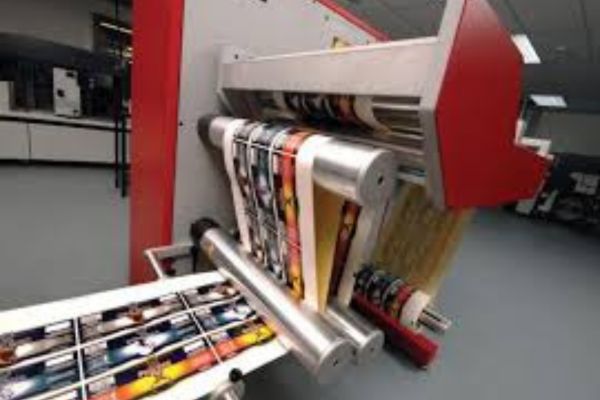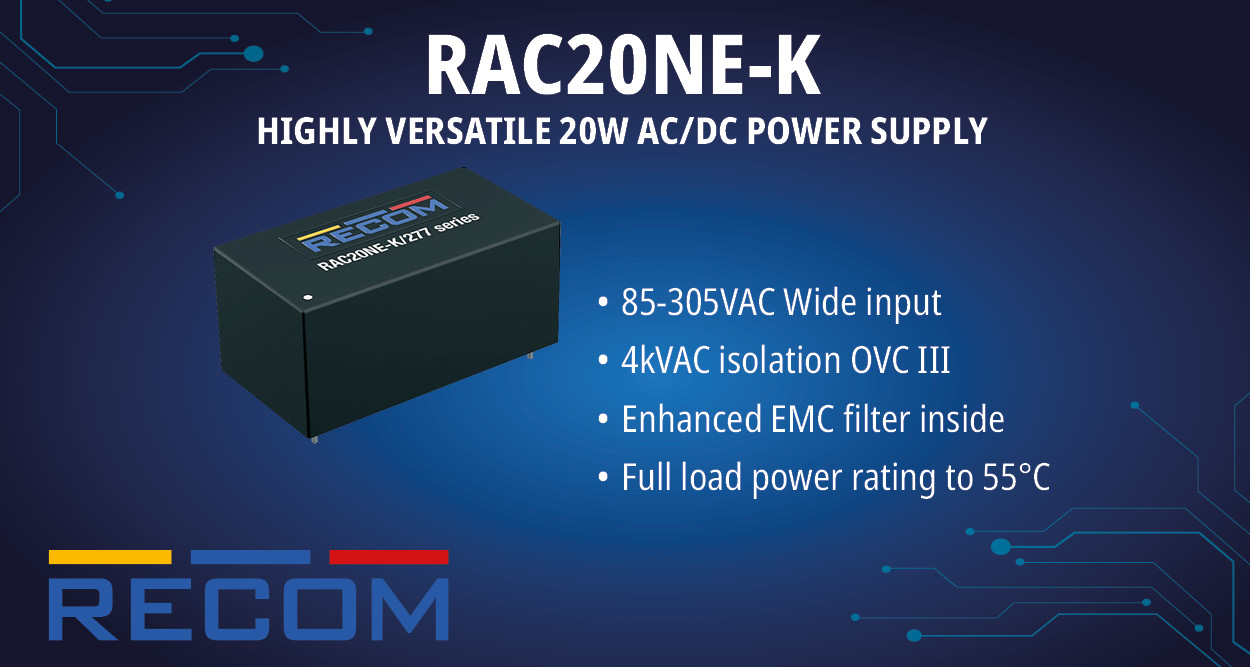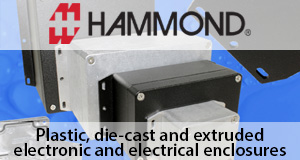Electrophotographic (EP) printing, commonly known as laser printing, is one of the most widely used printing technologies in both commercial and industrial applications. Over the years, advancements in imaging systems, toner formulations, and digital workflow integration have significantly improved the efficiency, quality, and sustainability of electrophotographic printing. As industries continue to demand higher-resolution prints, faster output speeds, and lower operating costs, ongoing innovations in EP technology are shaping the future of digital printing. This article explores the latest developments in electrophotographic printing, its diverse applications, and emerging trends that will drive the industry forward. According to the Consegic Business Intelligence report, Electrophotographic Printing Market size is estimated to reach over USD 5,407.69 Million by 2032 from a value of USD 3,561.44 Million in 2024 and is projected to grow by USD 3,688.88 Million in 2025, growing at a CAGR of 5.4% from 2025 to 2032.
Advancements in Electrophotographic Printing Technology :
Recent innovations in electrophotographic printing have focused on enhancing print resolution, increasing operational efficiency, and reducing environmental impact. Several key developments have contributed to the evolution of EP technology:
High-Resolution Imaging and Improved Laser Scanners :
Traditional EP printers typically use resolutions of 600 dpi to 1200 dpi, but modern systems now achieve 2400 dpi and beyond, delivering superior detail and sharper text. Advanced laser scanning technology, including multi-beam laser diodes and precision optics, has enhanced dot placement accuracy, improving overall print quality.
Next-Generation Toner Formulations :
Polymerized toners have replaced traditional pulverized toners, offering finer particle sizes and uniform shape distribution. These advanced toners require lower fusing temperatures, resulting in reduced energy consumption and improved toner adhesion, particularly on coated and synthetic substrates. Biodegradable toners and toners with enhanced recyclability are also gaining traction to support sustainability efforts.
Advanced Fusing Technologies :
Induction and LED-based fusing systems are now replacing conventional heated rollers, reducing warm-up time and lowering energy consumption. Xerographic fusing advancements, such as belt-based and hybrid heat-pressure systems, ensure better image consistency and durability across a variety of media types.
Electrophotographic Printing for Variable Data and High-Speed Production :
The integration of AI-driven print optimization and real-time data processing has enhanced variable data printing (VDP) capabilities. This is particularly beneficial for personalized marketing, transactional documents, and security printing, where high-speed, high-quality output with individualized content is essential.
Applications of Electrophotographic Printing Technology :
Electrophotographic printing is widely used across various industries due to its speed, precision, and cost-effectiveness.
Key applications include:
Commercial Printing and Publishing:
EP technology has revolutionized the on-demand printing industry, allowing businesses to produce high-quality brochures, catalogs, and books with short turnaround times. Digital presses using electrophotography have significantly reduced the need for offset printing in small to medium print runs.
Packaging and Labels:
The demand for short-run, customized packaging has increased the adoption of electrophotographic printing in flexible packaging, folding cartons, and labels. EP presses provide vibrant colors, fine details, and precise registration, making them ideal for premium and specialty packaging applications.
Security and Transactional Printing:
EP technology is widely used in the production of banknotes, ID cards, checks, and legal documents, where high-resolution microtext, invisible inks, and anti-counterfeiting features ensure document security. Magnetic toner and UV-reactive toner formulations further enhance fraud prevention.
Industrial and Textile Printing:
Advanced electrophotographic systems now support direct-to-object and direct-to-textile printing, enabling high-quality imaging on plastics, ceramics, and synthetic fabrics. Applications in custom apparel, promotional products, and decorative surfaces continue to expand with new toner adhesion technologies.
Future Trends in Electrophotographic Printing:
As digital printing continues to evolve, several trends will shape the future of electrophotographic technology:
Hybrid Printing Systems:
The combination of electrophotographic and inkjet technologies is gaining momentum, offering greater flexibility in substrates, enhanced print durability, and expanded color gamut. Hybrid printing allows businesses to leverage the strengths of both technologies for diverse applications, from commercial printing to industrial marking.
Sustainability and Eco-Friendly Printing:
With increased emphasis on environmental responsibility, low-energy fusing technologies, toner recycling programs, and bio-based toner formulations are becoming industry standards. The adoption of closed-loop waste management systems in EP printing will further reduce environmental impact.
AI and Automation in Print Production:
Machine learning algorithms are being integrated into EP printing workflows to enhance color consistency, print defect detection, and predictive maintenance. AI-driven automation will improve production efficiency and minimize material waste.
Expansion into 3D Printing and Functional Printing:
Innovations in electrophotographic 3D printing are emerging, with applications in electronics manufacturing, biomedical devices, and structural components. EP-based functional printing will enable the creation of smart surfaces, conductive circuits, and high-resolution textures for industrial applications.
Conclusion:
Electrophotographic printing technology continues to evolve, offering unparalleled precision, speed, and versatility across multiple industries. With ongoing advancements in toner materials, fusing techniques, and AI-driven process optimization, EP printing is set to remain a dominant force in digital printing. As sustainability and customization drive industry demand, hybrid systems, eco-friendly innovations, and AI integration will shape the future of electrophotographic printing, ensuring higher efficiency, cost-effectiveness, and expanded application possibilities in the years ahead.
Source: Electrophotographic Printing Market

















